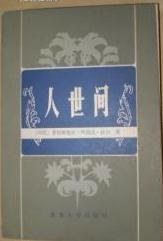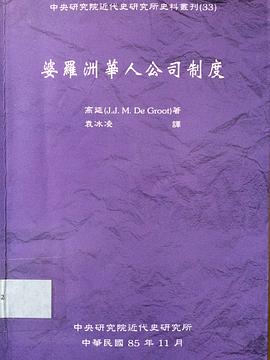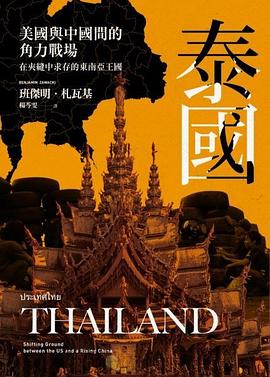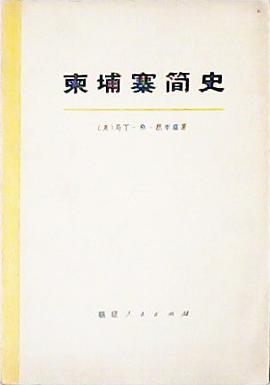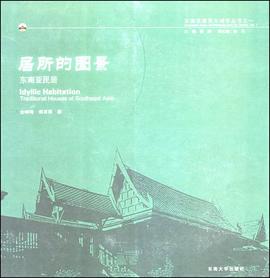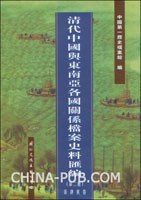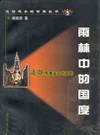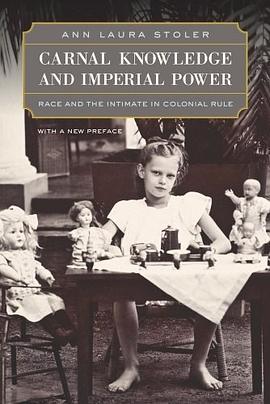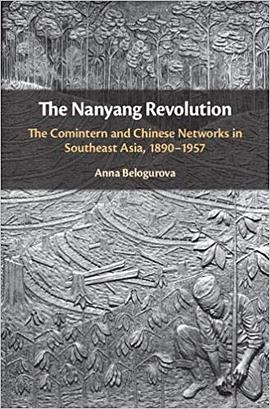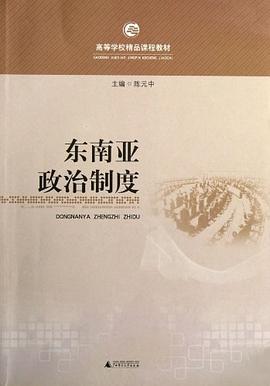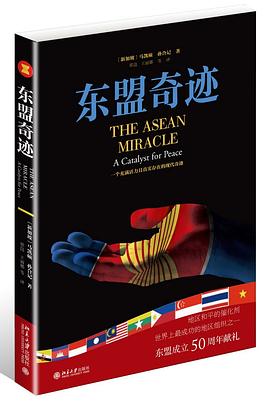

具體描述
《神靈的故事:東南亞宗教建築》主要以國傢的宗教建築作為主要的研究對象,作為一國國傢宗教的宗教建築往往得到國傢的大力支持和推行,也是擁有最多信眾崇奉的對象,因此這類宗教建築不但可以反映一個地區建築藝術、技術所能達到的最高水平,也保留瞭這個地區主要的曆史、文化發展信息。
作者簡介
謝小英,1976年7月生於廣西桂林。現為華南理工大學建築曆史與理論專業博士研究生,廣西大學講師,廣西華藍設計(集團)有限公司客座研究人員。在《古建園林技術》、《建築》等專業雜誌上發錶論文多篇。 叢書主編簡介: 雷翔,1957年10月生於四川成都。城市規劃博士,教授級高級規劃師。廣西華藍設計(集團)有限公司董事長、總經理、總規劃師,國務院“政府特殊津貼專傢傢”、建設部專傢委員會專傢、廣西優秀專傢,華中科技大學、華南理工大學、西南交通大學、廣西大學等大學兼職教授,華南理工大學亞熱帶建築科學國傢重點實驗室研究員.《規劃師》雜誌主編,中國城市規劃協會常務理事,中國城市規劃協會信息工作委員會主任委員,廣西城鄉規劃協會理事長。著作有《走嚮製度化的城市規劃決策》、《熱帶海濱城市設計》(閤著),主編《廣西民居》等學術著作,在《城市規劃》、《城市規劃匯刊》、《規劃師)、《建築學報》等國內外專業雜誌上發錶論文四十餘篇。
目錄資訊
序Ⅰ
序Ⅱ
總前言
前言
第一章 東南亞宗教建築的社會文化背景
1.1 海上貿易:文化接觸與宗教傳播
1.2 村社製度:宗教及宗教建築移植的基礎
1.3 本土信仰:宗教及宗教建築融匯的土壤
1.4 神王閤一:宗教及宗教建築發展的內在動力
1.5 稻作文明:宗教建築空間性質和裝飾意義的源泉
第二章 東南亞的主要宗教和宗教建築類型
2.1 東南亞的婆羅門教、佛教、印度教及印度教-佛教建築
2.2 東南亞的伊斯蘭教及清真寺建築
2.3 東南亞的天主教及天主教堂
第三章 東南亞宗教建築的早期
3.1 驃國的建築
3.2 墮羅鉢底的建築
3.3 扶南及真臘前期的建築
3.4 占婆早期建築
3.5 馬來半島(現泰國南部)的早期建築
第四章 東南亞宗教建築的成型期
4.1 中爪哇時期的印度教-佛教建築
4.2 吳哥時期的印度教-佛教建築
4.3 蒲甘王朝的印度教-佛教建築
4.4 占婆印度教-佛教建築的盛期
第五章 東南亞宗教建築的後期
5.1 東南亞印度教-佛教建築的後期
5.2 東南亞清真寺建築
5.3 東南亞天主教堂
第六章 傳承與變異:東南亞宗教建築傳統特徵及在現代的運用
6.1 東南亞宗教建築的傳統特徵語匯
6.2 東南亞宗教建築的藝術特質
6.3 東南亞宗教建築傳統語匯的運用
主要參考文獻
圖片來源
後記
Foreword Ⅰ
Foreword Ⅱ
General Preface
Preface
Chapter 1 Social Origins of Southeast Asian Ecclesiastical Architecture
1.1 Maritime Cultural Connections and Religious Proliferation
1.2 The Vernacular Transference of Religion and Ecclesiastical Architecture
1.3 The Convergence of Indigenous Religions and Ecclesiastical Architecture
1.4 Internal Motivation for the Rise of Religion and Ecclesiastical Architecture
1.5 Rice Culture Affects the Spatial and Decorative Qualities of Ecclesiastical Architecture
Chapter 2 Major Architectural Typologies of Southeast Asian Religions
2.1 Brahmanist,Buddhist,Hindi,and Hindu-Buddhist Architecture
2.2 Islam and Mosques
2.3 Catholicism and Catholic Churches
Chapter 3 Early Ecclesiastical Architecture of Southeast Asia
3.1 The Pyu Kingdom
3.2 The Dvaravati Kingdom
3.3 The Kingdoms of Funan and Early Chenla
3.4 The Early Champa Kingdom
3.5 The Malay Peninsula South of Present-Day Thailand
Chapter 4 High Ecclesiastical Architecture of Southeast Asia
4.1 Hindu-Buddhist Architecture of the Central Java Era
4.2 Hindu-Buddhist Architecture of the Angkor Era
4.3 Hindu-Buddhist Architecture of the Pagan Dynasty
4.4 Hindu-Buddhist Architecture at the Height of the Champa Kingdom
Chapter 5 Late Ecclesiastical Architecture of Southeast Asia
5.1 Late Hindu-Buddhist Architecture
5.2 Mosque Architecture
5.3 Catholic Churches
Chapter 6 Attributes and Applications of Southeast Asian Ecclesiastical Architecture
6.1 The Vocabulary of Traditional Architectural Features
6.2 Aesthetic Characteristics of Traditional Ecclesiastical Architecture
6.3 Modern Applications of Traditional Architectural Features
Bibliography
Image Sources
Epilogue
· · · · · · (收起)
讀後感
評分
評分
評分
評分
用戶評價
圖好看,話說得也漂亮。算是不錯的綜述!
评分圖好看,話說得也漂亮。算是不錯的綜述!
评分對東南亞的研究還任重道遠著呢。
评分圖好看,話說得也漂亮。算是不錯的綜述!
评分匆匆翻過 天圖
相關圖書
本站所有內容均為互聯網搜索引擎提供的公開搜索信息,本站不存儲任何數據與內容,任何內容與數據均與本站無關,如有需要請聯繫相關搜索引擎包括但不限於百度,google,bing,sogou 等
© 2025 qciss.net All Rights Reserved. 小哈圖書下載中心 版权所有



